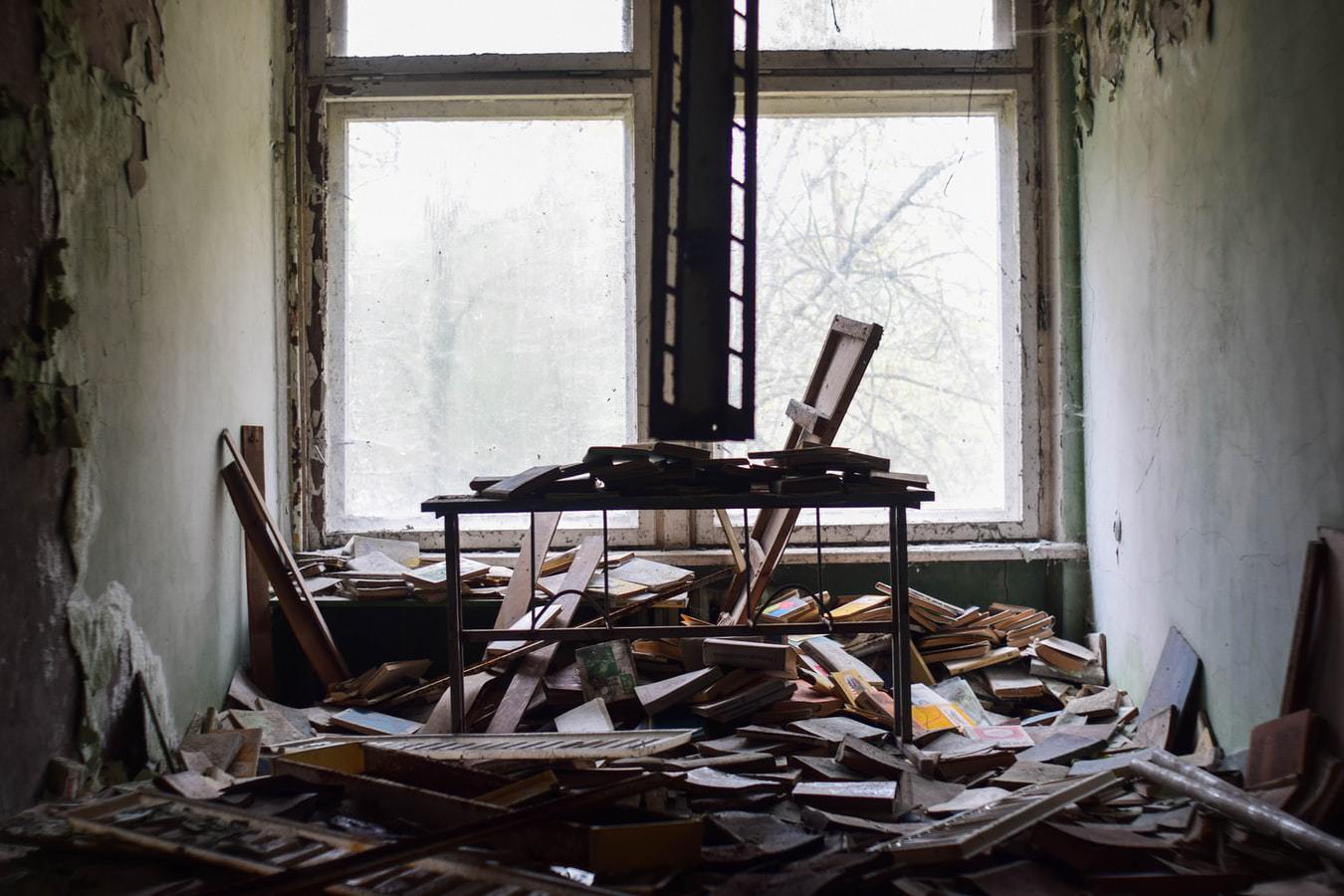Hoarding Clean Up

Hoarding situations can be overwhelming, emotionally distressing, and dangerous. Whether you're personally struggling with hoarding or helping a loved one, T.A.C.T. is here to support you with compassion, discretion, and professional expertise. We understand the deep emotional attachments involved and are committed to restoring order and safety with respect and empathy.
Understanding Hoarding Disorder
Hoarding disorder is a mental health condition characterized by excessive accumulation of items, regardless of their value, and a persistent difficulty discarding them. This condition often stems from a perceived need to save possessions and causes significant distress and impairment.
Hoarding can lead to:
- Health and safety hazards
- Structural damage
- Fire risks
- Legal and financial issues
- Strained personal relationships
Why Choose T.A.C.T.
We know that reaching out for help can be difficult. That’s why T.A.C.T. promises:
- Compassionate, non-judgmental support
- Specialized training in hoarding situations
- Respectful treatment of clients and their belongings
- Discreet and efficient cleanup services
- Advocacy with insurance companies, if needed
You’re not alone—and with our help, you or your loved one can reclaim a safe, dignified living environment.
Hoarding Levels and Risk Indicators
Understanding the severity of a hoarding situation is essential to determine the scope of intervention. T.A.C.T. follows the ICD® Clutter-Hoarding Scale®, which defines hoarding across five levels:
Level 1
Minimal clutter. All exits and utilities are functional. Minor signs of rodent activity.
Level 2
Blocked exits, broken appliances, limited pet care, light mildew, and early signs of neglect in housekeeping. Clutter affects multiple rooms and living functions.
Level 3
Outdoor accumulation, electrical hazards, structural damage, neglected pets, strong odors, and partially unusable living spaces.
Level 4
Significant structural issues, mold, pest infestations, unsafe storage of hazardous materials, and unusable bedrooms. Sanitation is severely compromised.
Level 5
Extreme structural damage, loss of utilities, visible rodents, dangerous pets, and human/animal waste indoors. Occupant may live outside the home.
Condemnation and Crisis Response
T.A.C.T. works closely with city and county officials to help clients respond to eviction threats or property condemnation notices. Our team is well-versed in compliance requirements and can efficiently restore a property to meet legal and safety standards, avoiding forced removal or homelessness.
Our Comprehensive Services
T.A.C.T. offers a full range of cleanup services tailored to your needs:
- Level 1-5 Hoarding Cleanup
- Basement, Attic, Garage & Crawl Space Cleanouts
- Office and Commercial Building Cleaning
- Storage Unit Cleanout
- Routine Maintenance & Cleaning
- Extreme Filth and Odor Removal
- Junk, Garbage, Rodent Droppings & Pet Waste Removal
- Condemnation/Eviction Crisis Intervention
A Message to Those Struggling
If you or someone you care about is facing a hoarding situation, don’t wait for it to become unmanageable. T.A.C.T. is ready to help you take the first step toward a safer, healthier life—with empathy, experience, and professionalism
Contact T.A.C.T.

